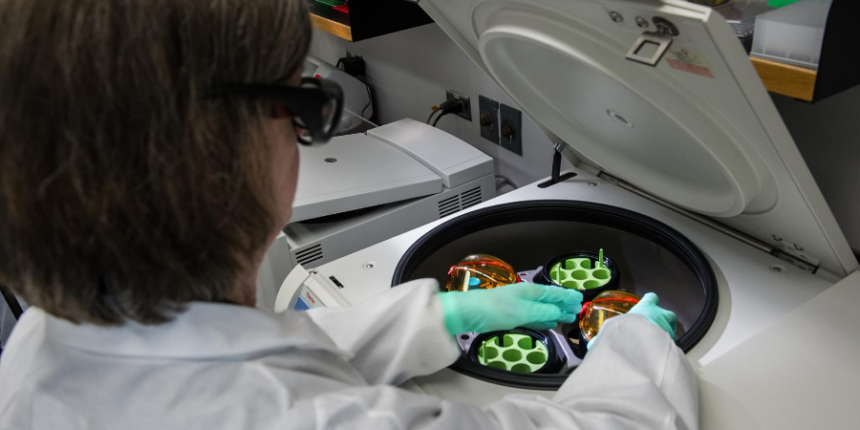In the medical device industry, ensuring product quality and safety is of paramount importance. This is where the concept of Corrective and Preventive Action (CAPA) comes into play. CAPA is a systematic approach used by manufacturers to identify, rectify, and prevent issues related to product quality and compliance. This blog aims to provide a comprehensive overview of CAPA, its significance in the medical device industry, and how it is implemented to ensure that medical devices meet stringent regulatory standards and deliver safe, effective performance.
What is CAPA?
CAPA stands for Corrective and Preventive Action. It is a fundamental component of quality management systems (QMS) used in regulated industries, particularly in the medical device sector. CAPA is a structured process that aims to:
- Identify and Correct Problems (Corrective Actions): This involves recognizing and addressing issues that have already occurred, ensuring they do not reoccur.
- Identify and Prevent Potential Problems (Preventive Actions): This involves analyzing potential risks and implementing measures to prevent them from happening in the future.
The Importance of CAPA in the Medical Device Industry
The medical device industry is highly regulated, with strict guidelines and standards set by regulatory bodies such as the U.S. Food and Drug Administration (FDA) and the International Organization for Standardization (ISO). Compliance with these regulations is crucial for ensuring the safety and efficacy of medical devices. CAPA plays a vital role in this compliance by:
- Enhancing Product Quality: By systematically identifying and correcting issues, CAPA helps maintain high standards of product quality.
- Ensuring Regulatory Compliance: CAPA processes are mandated by regulatory bodies. Implementing effective CAPA procedures helps companies meet regulatory requirements and avoid penalties.
- Improving Patient Safety: By preventing defects and failures, CAPA contributes to the overall safety of medical devices, thereby protecting patients.
- Boosting Organizational Efficiency: A well-implemented CAPA process can lead to operational improvements, cost savings, and better resource management.
The CAPA Process
The CAPA process is typically divided into several key steps:
- Identification of Issues: The process begins with the identification of a problem or a potential risk. This can be triggered by various sources such as customer complaints, audit findings, non-conformance reports, or adverse event reports.
- Evaluation and Investigation: Once an issue is identified, it is evaluated to determine its scope and impact. An investigation is then conducted to find the root cause of the problem. Techniques such as the 5 Whys, Fishbone diagrams, and Failure Mode and Effects Analysis (FMEA) are commonly used for root cause analysis.
- Action Plan Development: Based on the investigation findings, a detailed action plan is developed. This plan includes corrective actions to address the immediate issue and preventive actions to mitigate the risk of recurrence.
- Implementation: The action plan is then executed. This may involve making changes to processes, revising procedures, retraining employees, or making design modifications to the product.
- Verification and Validation: After implementation, the effectiveness of the actions taken is verified and validated. This ensures that the corrective and preventive measures are successful in resolving the issue and preventing future occurrences.
- Documentation and Reporting: Throughout the CAPA process, thorough documentation is maintained. This includes records of the problem identification, investigation, action plans, implementation steps, and verification results. Proper documentation is essential for regulatory compliance and for future reference.
- Review and Closure: The final step involves reviewing the entire CAPA process to ensure all actions have been completed and documented appropriately. Once confirmed, the CAPA can be formally closed.
Challenges in Implementing CAPA
While CAPA is a critical component of quality management, its implementation can be challenging. Some common challenges include:
- Complexity of Root Cause Analysis: Identifying the root cause of an issue can be complex and time-consuming, particularly in intricate manufacturing processes.
- Resource Constraints: Implementing effective CAPA processes requires adequate resources, including trained personnel and financial investment.
- Data Management: Efficiently managing and analyzing large volumes of data to identify trends and potential issues can be daunting.
- Cultural Resistance: Organizational resistance to change can hinder the implementation of new processes and corrective actions.
Best Practices for Effective CAPA Implementation
To overcome these challenges and ensure the effectiveness of the CAPA process, medical device companies can adopt the following best practices:
- Foster a Quality Culture: Encourage a culture of quality and continuous improvement throughout the organization. Ensure that employees understand the importance of CAPA and their role in the process.
- Invest in Training: Provide comprehensive training to employees on CAPA procedures, root cause analysis techniques, and regulatory requirements.
- Leverage Technology: Utilize software tools and technologies for data management, trend analysis, and process automation to streamline the CAPA process.
- Engage Cross-Functional Teams: Involve cross-functional teams in the CAPA process to gain diverse perspectives and expertise.
- Regularly Review and Update Processes: Continuously monitor and review CAPA processes to identify areas for improvement and ensure they remain aligned with regulatory changes and industry best practices.
Conclusion
CAPA is an indispensable part of the quality management system in the medical device industry. It ensures that problems are systematically identified, addressed, and prevented, thereby enhancing product quality, ensuring regulatory compliance, and ultimately safeguarding patient safety. By understanding the CAPA process, recognizing its importance, and implementing best practices, medical device manufacturers can effectively manage quality issues and contribute to the development of safe and reliable medical devices.
Implementing a robust CAPA process is not just about compliance; it’s about fostering a culture of continuous improvement and excellence in the medical device industry. By doing so, companies can achieve long-term success and maintain the trust of healthcare professionals and patients alike.






